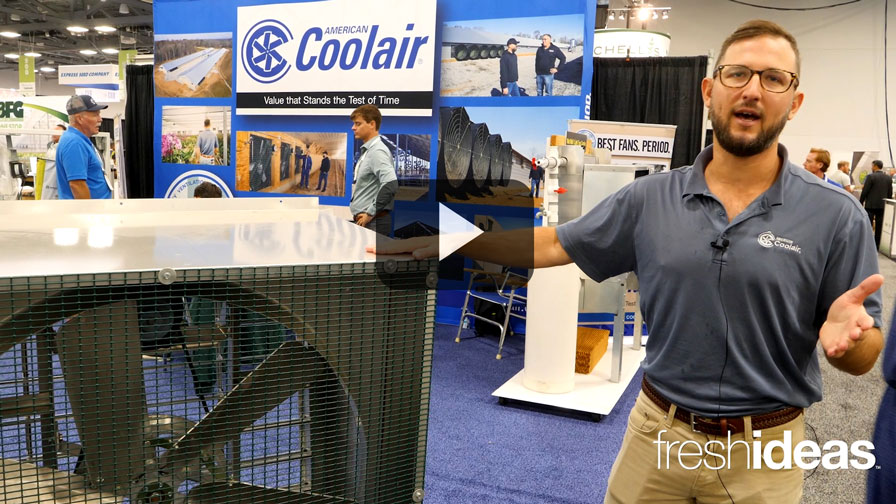Developments In The Dutch Supply Chain

We visited Horti Fair again for its final day Friday. But before hitting the trade show floor, I was fortunate to sit in on a roundtable discussion at the RAI Congress Center with Herman de Boon, who’s chairman of both the Dutch Wholesale and International Trade Federation and the Dutch Flower Wholesale Association.
De Boon spent much of the hour discussing the Dutch Flower Auction. He also discussed recent changes The Netherlands has experienced in the supply chain.
“Some growers have gone their own way,” de Boon says, meaning away from the flower auction system. “Now, they are completely dependent on the traders with whom they work.”
The auction system, de Boon says, is successful only if all growers participate. If growers decide to go around the clock, then all growers are less competitive. And the more growers go their own way, the less competitive growers will get.
Still, the fact growers can participate in the auction system from the comfort of their homes or offices is attractive to those who currently participate and to those who may be leaning elsewhere in the future.
“It’s clear we have digitalized the auction clock, which means it’s possible everywhere in the world to buy directly on the Dutch auction system,” de Boon says. “If you combine this with our import/export orientation, you have a nice place where everyone can find everything they want in the flower business.”
Vegetables are a different story. Earlier in the week, I visited The Greenery, a major cooperative of 1,250 fruit and vegetable growers. The Greenery, de Boon says, has hurt the flower auction and competition because in some cases, growers are becoming wholesalers, wholesalers are becoming growers and some breeders are even going around the whole supply chain to reach the retailer directly.
“Retailers put a lot of pressure on the whole chain to get vegetables to them directly and not with the auction,” de Boon says.
As far as production goes, de Boon has a few ideas on how growers can reduce their carbon footprint in the future. His ideas are:
–Breed varieties that require less energy
–Ship product with biofuels
–Look for energy savings at every point in the supply chain








